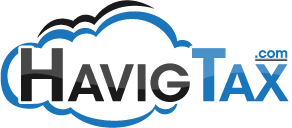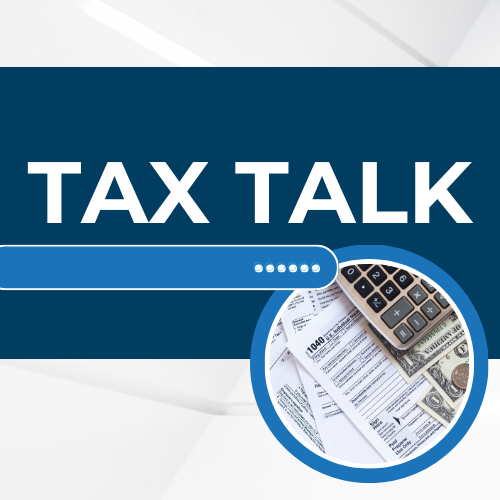Tax Glossary: Cash Flow
Cash Flow 101: Basics for Small Business Owners

Cash flow is the lifeblood of your business. Simply put, it’s the money moving in and out of your business—what you earn versus what you spend. Tracking cash flow effectively helps you understand whether your business is financially healthy and ensures you can cover expenses, pay employees, and invest in growth. Here’s a quick guide to mastering the basics of cash flow management.
What Is Cash Flow?
Cash flow is broken into two key components:
- Cash Inflows: Money coming into your business, such as revenue from sales, loans, or investments.
- Cash Outflows: Money leaving your business, including expenses like rent, payroll, inventory, and utilities.
Positive cash flow means you have more money coming in than going out, while negative cash flow means the opposite—and that’s where problems can start.
Why Is Tracking Cash Flow Important?
Tracking cash flow helps you:
- Avoid Shortfalls: Stay ahead of potential cash shortages.
- Make Smarter Decisions: Know when you can afford to reinvest or when to tighten spending.
- Prepare for Growth: Ensure you have enough liquidity for new opportunities.
- Stay Tax-Ready: Keep accurate financial records for tax filing and compliance.
Tips for Tracking Cash Flow
- Use a Cash Flow Statement
A cash flow statement breaks your finances into three categories:
- Operating Activities: Day-to-day revenue and expenses.
- Investing Activities: Asset purchases or investments.
- Financing Activities: Loans, debt repayment, or equity investments.
- Monitor Regularly
Review your cash flow weekly or monthly to stay on top of any changes and address potential issues early. - Separate Business and Personal Finances
Keep business accounts separate to ensure accurate tracking and avoid mixing expenses. - Leverage Tools
Use accounting software like QuickBooks, Xero, or Wave to automate cash flow tracking and generate easy-to-read reports. - Plan for the Future
Create a cash flow forecast to predict upcoming inflows and outflows. This helps you prepare for slow seasons or unexpected expenses.
Cash flow isn’t just about tracking—it’s about understanding. By staying on top of your business’s cash flow, you can make informed decisions, avoid financial stress, and position your business for long-term success.
Need help managing your cash flow? Contact us today to learn how we can help you take control of your business finances!
Quick Links
Contact Information
Business Hours
- Mon - Fri
- -
- Sat - Sun
- Closed















